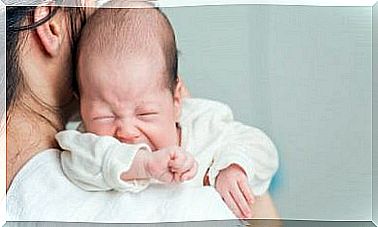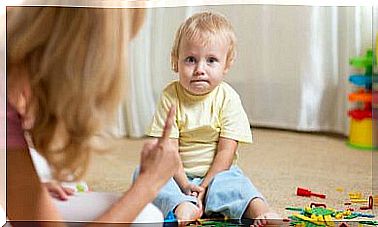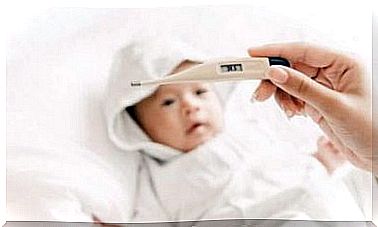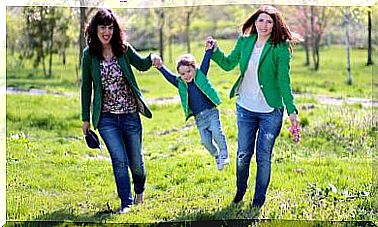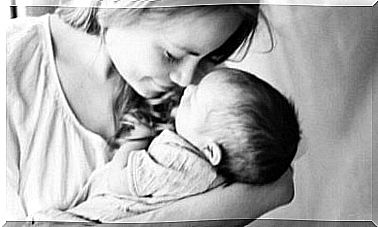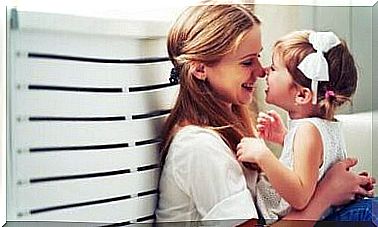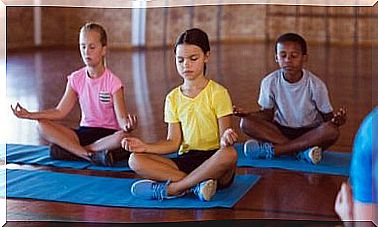Walking Barefoot: 7 Advantages For Children
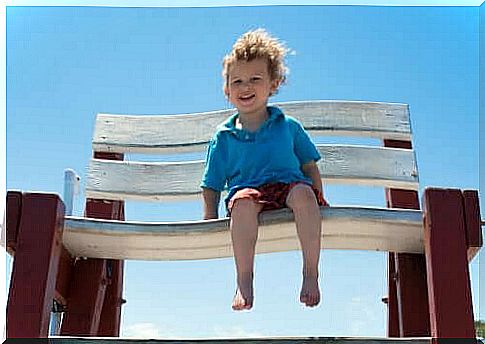
Walking barefoot is enjoyable, which is why kids love it so much. Also, if the little ones slowly start to get up and walk on their little legs, it is better for their feet to feel the ground. Because this helps them keep their balance and appear more confident.
Recent scientific studies claim that children who tend to walk barefoot develop better on an intellectual level. The theory behind this is that they discover the world with all their senses.
Walking barefoot gives them a range of experiences that can be discovered through the sense of touch. For example, feeling different temperatures and different textures. These can be pleasant or uncomfortable depending on the child’s taste and experience.
Children who run barefoot feel a lot more stability and strength in their legs. In addition, walking on different surfaces, such as freshly cut grass or dried leaves, creates a relaxed feeling.
Furthermore, it helps them to establish a deeper contact with the environment. At the same time, all of these experiences help the child perceive the world and their own body in a different way.
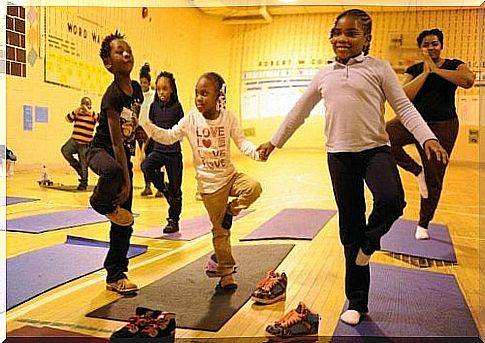
Walking barefoot forms the arch of the foot
Walking barefoot also has physical benefits. For example, it helps to form the arch of the foot. In fact, experts recommend that children walk barefoot on their tiptoe as well as on their heel.
They also recommend that the children walk barefoot in different places. For example on the beach, by the pool or on the grass. Because this gives them a wide variety of impressions that nourish their inner world and also help them to learn to walk on different surfaces.
Walking without shoes has another advantage: it prevents the formation of fungi, which are caused by bacteria and cause bad smell and sweat.
When walking barefoot, the foot has the chance to breathe and is always well ventilated. As you can see, letting your kids run barefoot is only positive. Because they feel free when they can walk without shoes.
If you are concerned that your child will catch a cold, cut their foot, or fall, try to get rid of that fear. It is best to check the area for potential hazards. This will help you avoid possible accidents.
However, always keep the following in mind: The possibility that a minor accident may or may not happen shouldn’t deprive the child of the positive experience of walking barefoot.
A child learns from every event – including those you consider dangerous. As long as you are attentive and always watching your child, you will enable them to have as many positive experiences as possible.
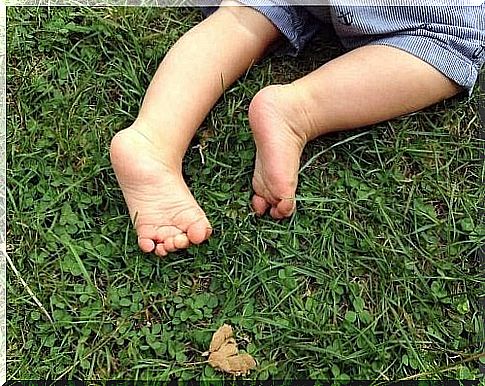
Wearing shoes has some conditions
Just as you need to take some safety precautions to keep your child safe from walking barefoot, you should do the same when they’re wearing shoes.
If shoes are used at a very early age, they can lead to deformities on the foot. That is why it is best to only protect your foot with a non-slip sock when the children are very young. Because the sock adapts to the foot – and not the foot to the sock.
Ideally, choose suitable shoes for your child and remember that wearing shoes is not appropriate for all occasions. Often it can and should be avoided – for example when the child is in the car.
If a child wears an unsuitable shoe, it can lead to the wrong step and deform the foot. The toes can also be affected if the shoe is too small and the toes hit the front.
Choosing the right shoe size is extremely important. The shoe must not be too big or too tight, as this can lead to problems in the foot. It is important that the shoe is not synthetic as this increases sweat production and therefore brings with it possible complications.
Leather shoes are particularly recommended because the feet can breathe and the leather adapts to the shape of the feet at the same time. The feet give the shoe their shape. A leather shoe is very soft compared to plastic.
The child should try the shoes on before buying them and, if possible, be asked for their opinion. If they can’t speak yet, pay attention to their body language. A mother almost always knows what her child wants to say. Especially when it comes to his well-being.

